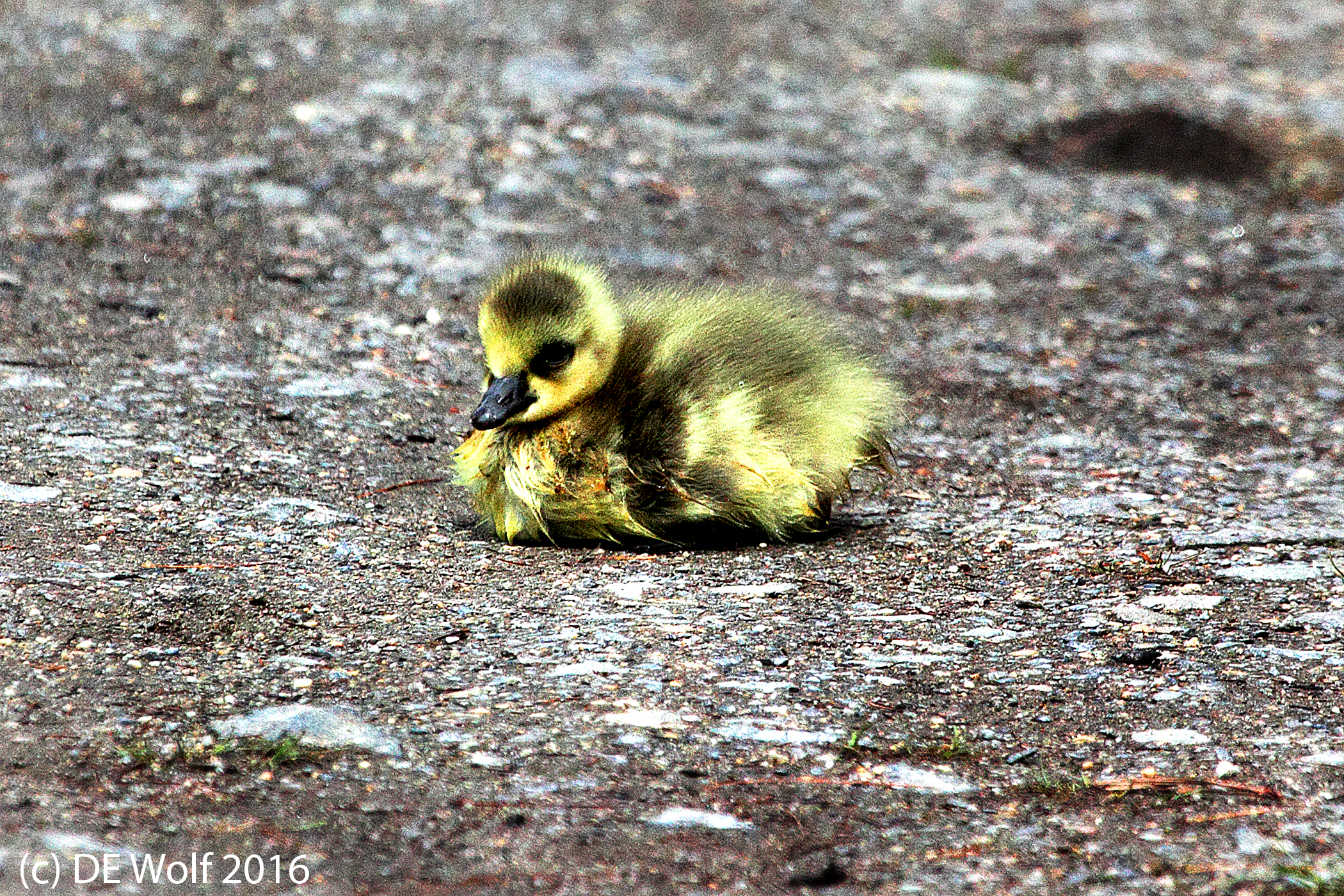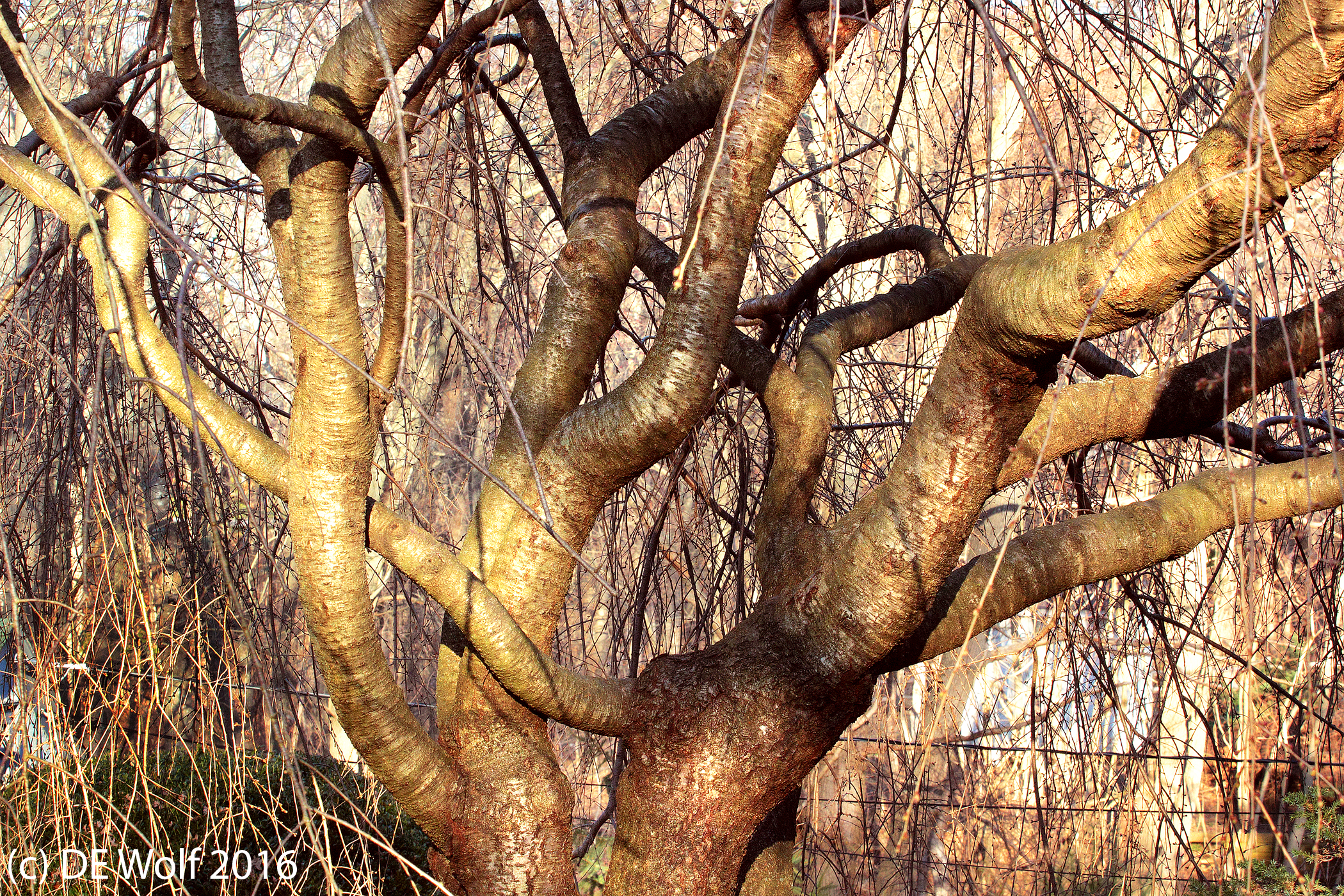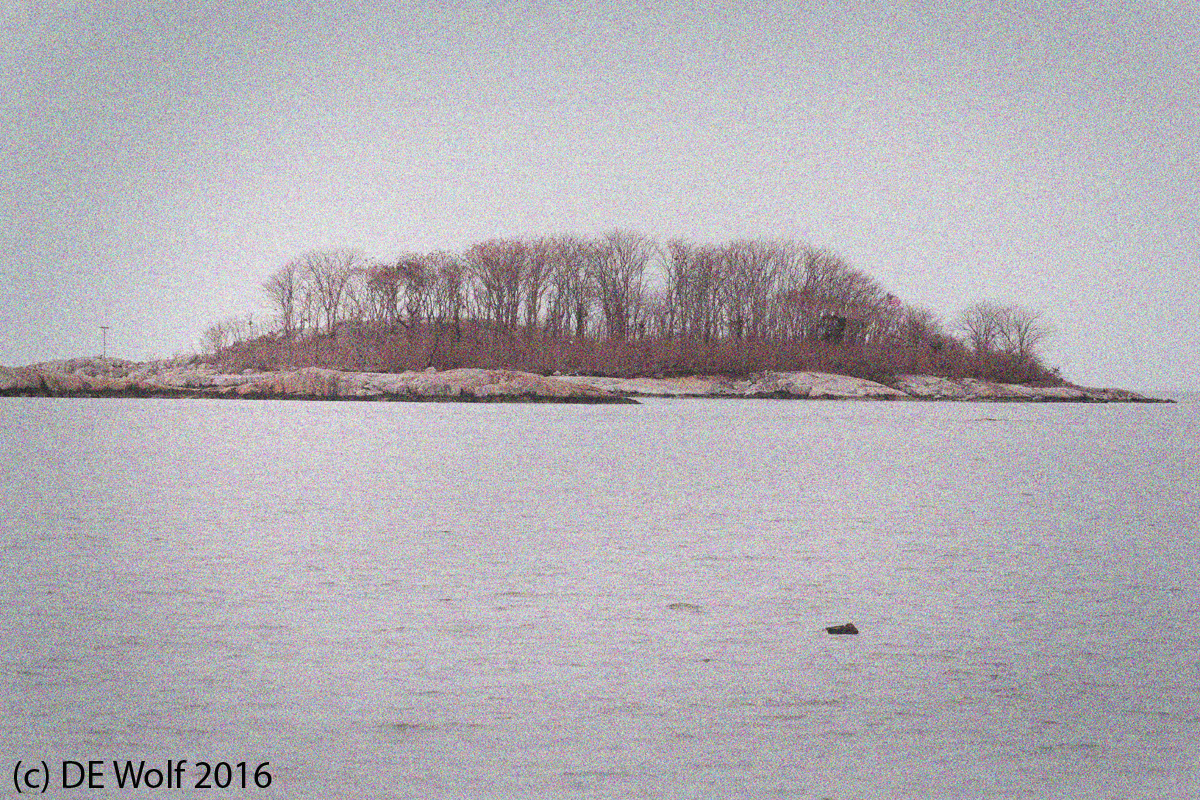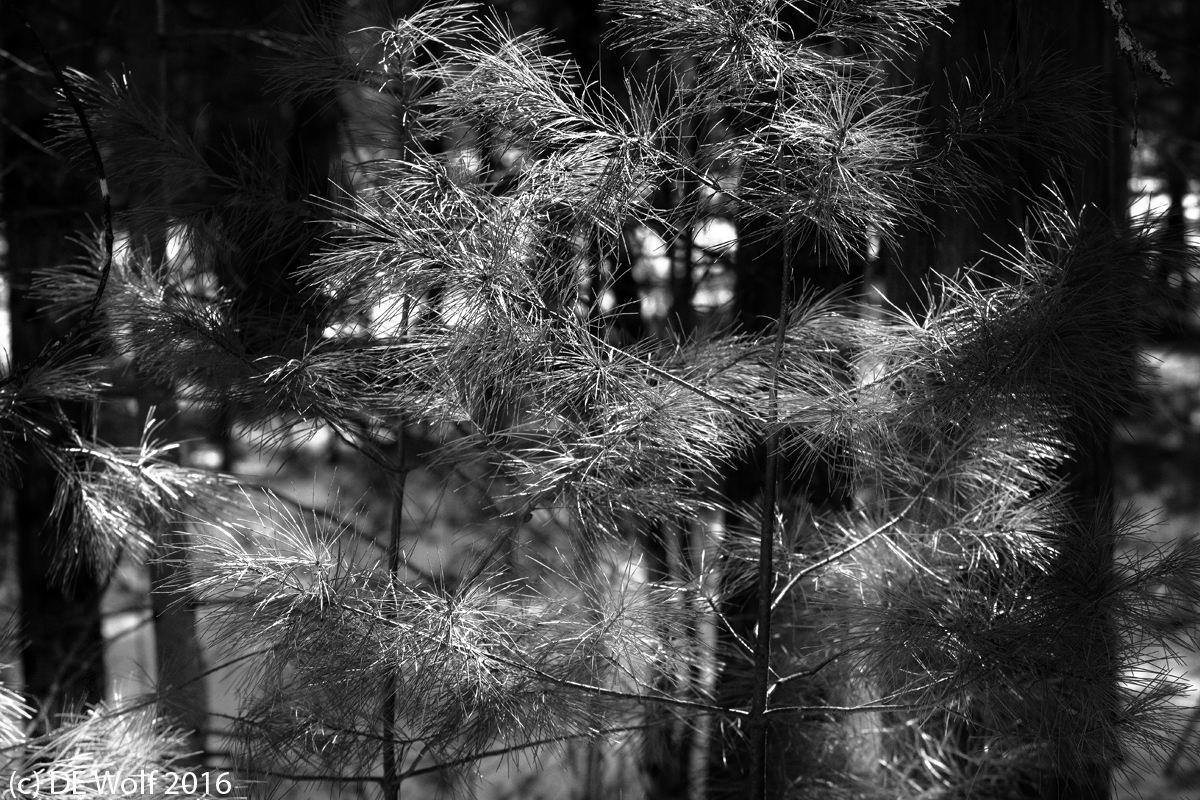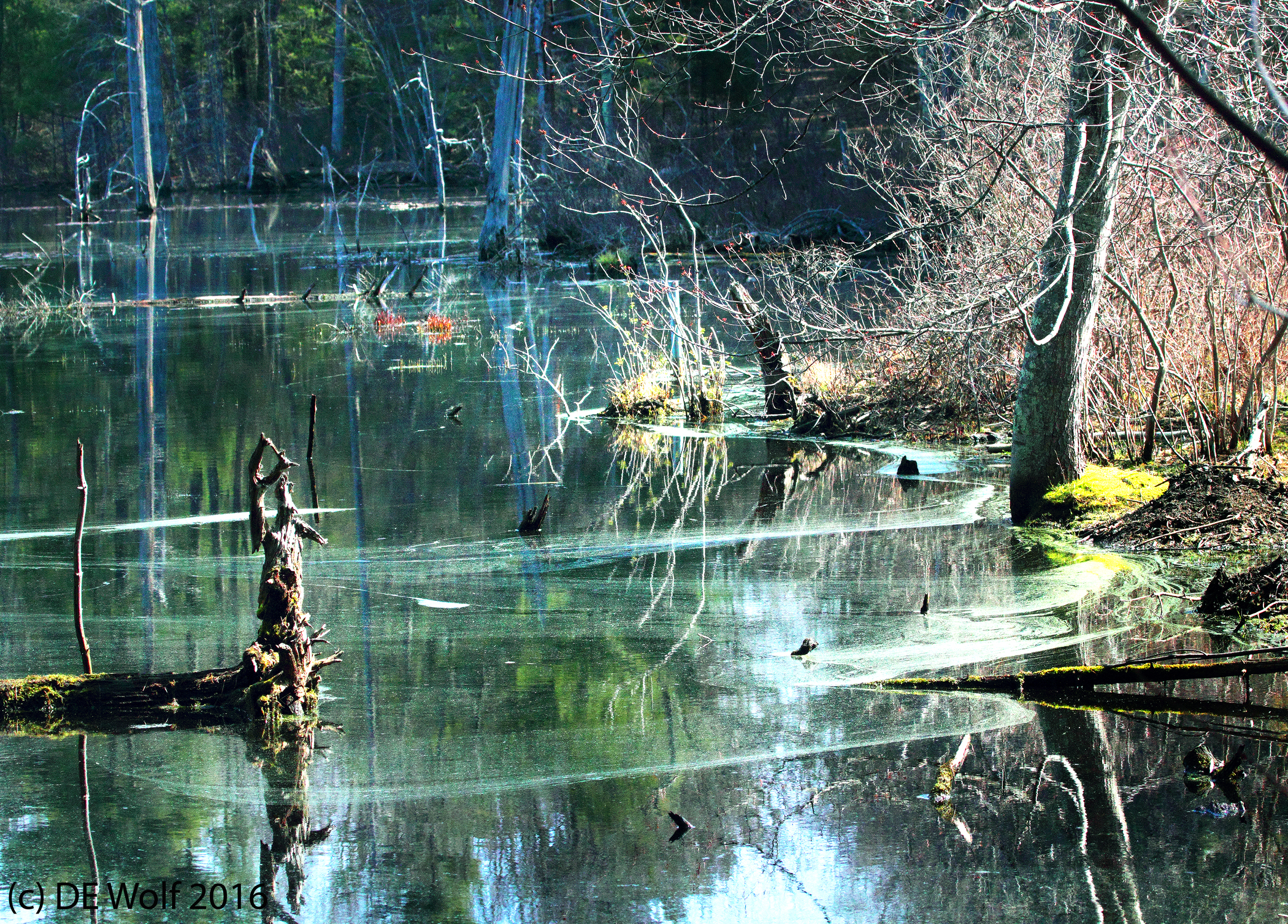Today is Mother’s Day 2016, and I have been enjoying all of the old photographs that people are posting on social media. A lot of people nowadays object to the commercialism of these “artificial greeting card holidays,” but I think that the images that people are posting today is much more to the point and much more of what social media should be. There is value in stopping and thinking about the people who have shaped our lives – and really no one shapes your life like your mother. In a narcissistic age it is worth realizing that the only person who cares more about you than you yourself is your mother. And for those of us whose mothers are gone there is the strange reality on some days when you have a desire to call your mother on the telephone and you suddenly realize that you cannot. It does not leave you with an empty feeling but rather one of bittersweet recognition that the connectivity of the generations exceeds and eclipses the shallow connections of the internet.
Category Archives: Personal Photographic Wanderings
Yellow fuzz ball
I was busy yesterday morning, so I didn’t get out for my walk at the Wildlife Refuge until around 2 pm. To my amazement, and despite the midday hour, there was lots of wildlife to be seen. There were cedar waxwings and red-winged black birds. Down by the pond it was like a nature documentary. The tree swallows soar dexterously and gracefully over the lake. I saw a beaver, and four great blue herons were there to entertain.
What I had hoped for was newly hatched Canadian geese (Branta canadensis), and I wasn’t disappointed. There were clusters of them, I guess more accurately gaggles. swimming along with “proud parents,” if I am allowed to anthropomorphize. I watched one group cross the road and there was one straggler, who was distracted by peckable items in the mud and he seemed very sleepy. Mom and dad hit the water, but he just sat, as if snoozing in the middle of the path, which is where I photographed him. I was wondering what would happen next and also a bit worried about what would happen if I got between the birds and their baby. Finally the two adult birds started honking in unison. It was a different vocalization than the usual duck calls. Finally the little yellow fuzz ball realized that he become separated from the group and raced first across land and then water to rejoin his parents and siblings.
Canon T2i with EF100-400mm f/4.5-5.6L IS USM lens, ISO 1600, Aperture Priority AE Mode 1/4000th sec at F/7.1 with no exposure compensation.
Down the escalator with bifocals
I was thinking this morning that one of life’s greatest challenges is negotiating escalators, particularly down escalators, with bifocals. It is an issue of the age. It is a plain and simple issue of optics. There are all those parallel lines, metallic ridges, that seem almost intentionally designed to knock you off balance. I am always tentative about the first few steps and once I reach the first step of the right height, I just let kinesthetic memory click in. “Feets don’t fail me now!”
So this morning I thought that I would immortalize the subject with my IPhone. With the help of the “twirl” feature in Adobe Photoshop to replicate the psychological features, the result is shown in Figure 1. If you scroll up and down the image you should see a strobing of the image brought on by the phenomenon of aliasing. I remain proudly upright.
Tree at sunset
I am always intrigued by what makes a picture a black and white vs. a color image. Case in point is the image of Figure 1. It raises memories. This week in Massachusetts is unseasonably chilly and rainy; so there is more than a certain appeal to a tree, not yet leafed out, but warmly bathed in a golden sunset.
I took this image about a month ago in Madison, Connecticut. I was struck at the time by the twist of limbs, by the texture of the bark, and, of course, by the warmth of the light. My immediate thoughts were of a black and white photograph, most probably with the warmth of the moment reintroduced with a sepia tone. But, as always, I played with it both ways, and in the end color won out. This is not only because of the color of the sunlight on the boughs, but also because of the subtle hues and shades of the background.
Canon T2i with EF70-200mm f/4L USM at 70 mm, ISO 1600, Aperture Priority AE Mode, 1/250th sec at f/11.0 with no exposure compensation.
Photopictorialism study # 13 – Tuxis Island
A dominant feature of the view from the beach in Madison, Connecticut is the not so distant Tuxis Island. And, as do all islands, there is a certain mystery and magnetic draw to it. According to Algonquin Native American legend, a great giant scooped up a handful of rocks and dirt and threw it into the sound, creating Tuxis Island. So it has a story similar to the Roxbury Puddingstone of Massachusetts, and again it speaks to a distant mythic time when imagined giants ruled the Earth. Historic records indicate that the island has had several owners from as early as 1674. In 1900 the New Haven YMCA ran a camp on the island, and it is now owned by the Madison Beach Club.
Pine needles in the sun
This evening I was revisiting some of the photographs that I have taken over the last few months – some processed others not. And I was led by the image of Figure 1 back to a “last of the winter’s snoe” walk that I had taken at the Assabet River Wildlife refuge. This was taken at a spot where the sun catches the needle of the young scrubby pines and they glisten in the light. One always has to remember that photography is about catching the light and, of course, seizing the moment.
So here I took on the challenge of rendering that golden moment into black and white, and I do mean black and white. I would have thought that to capture a warm golden light that I would have resorted to a sepia tine. But this image seemed to cry out for unalterred black and white. This eemed to best capture the the marvelous reflectivity of the pine needles.
Pines, in a sense, seem to defy both time and its seasons. They never shed there leaves and appear the same all year round. But you have only to witness the aged and denuded giant pines of the great blue heron rookery to realize that in the forest change is both wonderful and inevitable. Even the glacial features of the northern woods yield ultimately to these changes.
Canon T2i with EF70-200mm f/4L USM lens at 70 mm, ISO 1600, Aperture Priority AE Mode, 1/800th sec at f/7.1 with no exposure compensation.
Taking breakfast back to the rookery
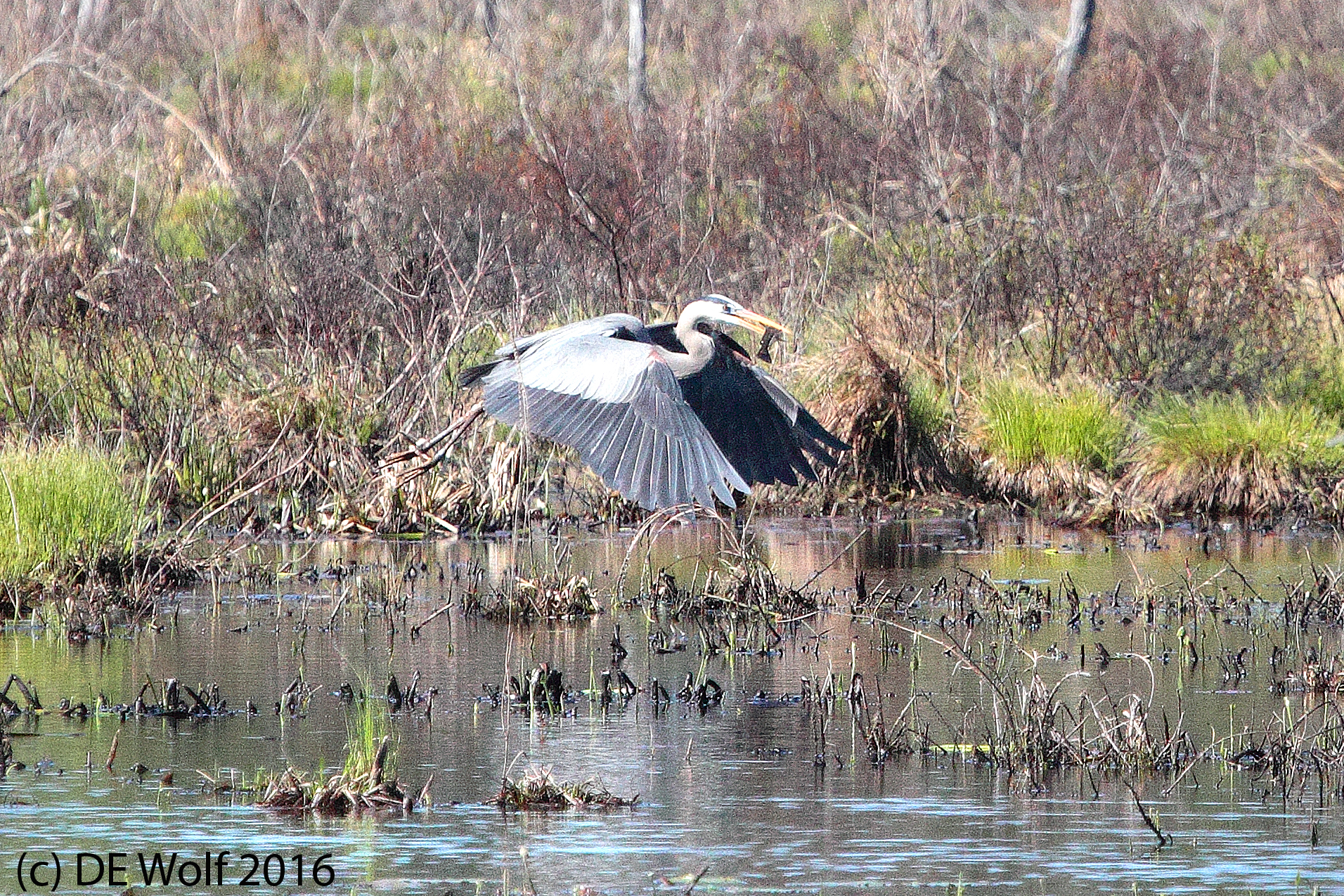
Figure 1 – Great blue heron carrying fish back to its rookery. Assabet River Wildlife Refuge, Maynard, MA, April 24, 2016. (c) DE Wolf 2016.
It was another glorious spring morning today; so my friend Jane and I headed off again to the Wildlife Refuge. I had heard that there was a great blue heron (Ardea herodias) rookery to be seen, if I took a different path and sure enough at a distance were swamped tall pines on top of which were herons’ nests, and these nests each had a pair of the majestic birds. I amused myself for a while studying them through my camera, which serves as telescope in a pinch, even though the distance is too great for photographs. I know, because I have tried.
We then wandered back to the requisite path along the marsh in search of otters. We saw none. But the herons were in abundance and very active. I photographed the one of Figure 1 on the wing (always a challenge) and carrying a freshly caught fish back to the rookery. With on the wind photographs the trick is getting a bead on the bird long enough for autofocus to work. Or if that fails you can always trust to luck. This is a combination of the two strategies. Of course, the sharpness is not quite up to my standards. It never is!
Canon T2i with EF100-400mm f/4.5-5.6L IS USM lens at 330 mm, ISO 1600, Aperture Priority AE mode, 1/3200 sec at f/7.1 with no exposure compensation.
Algae on the pond
A wonderful aspect of daily hikes into the woods at this time of year is that you get to slowly watch the spring and summer evolve. On Monday, I noticed for the first time that algae was starting to form. All it took was a branch acting like a little dam to still the ripples and the blue green algae appeared. In many Massachusetts sites this is a bit of a blight, and you see whole ponds choked with algae. What I noticed on this particular day were wonderful curving swirls of algae as if driven by a mysterious wave and I tried to capture these in Figure 1.
I was reminded of my days at Stuyvesant High School in Miss Moehle’s biology class, looking through the microscope at the flow of fluids through the tendonous arrays of chloroplasts in the spirogyra. Yes that was before it was a rock band. I read in amazement that these algae’s are ubiquitous and that there are some four hundred species worldwide.
Canon T2i with EF100-400mm f/4.5-5.6L IS USM lens at 100 mm, ISO 1600, Aperture Priority AE Mode, 1/1250th sec at f/9.0 with -1 exposure compensation
You lookin’ at me?
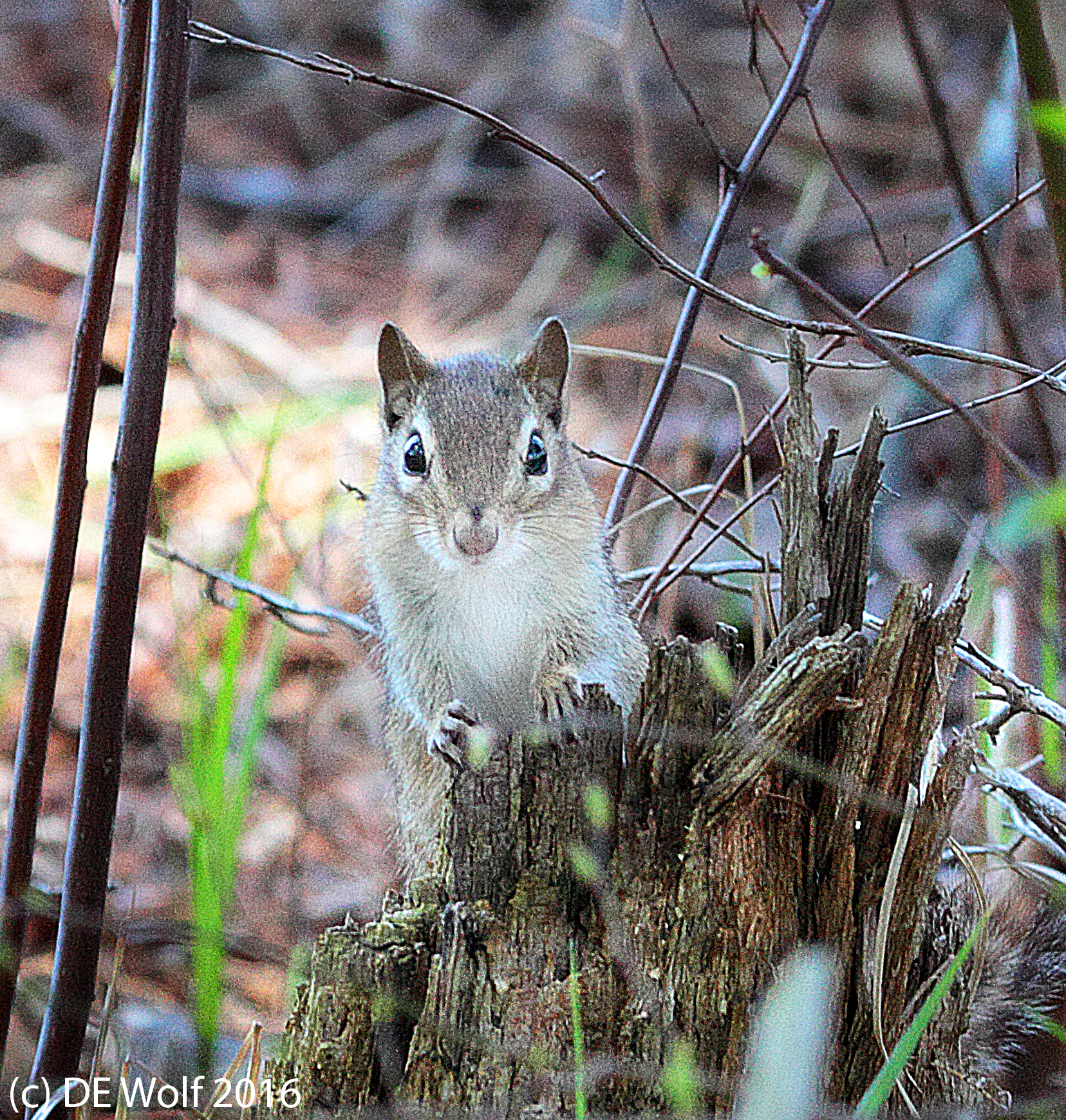
Figure 1 – Eastern chipmunk – Tamias striatus, Assabet River Wildlife Refuge, Maynard, MA, April 18, 2016. (c) DE Wolf 2016.
I was out again at the Reserve this morning and was really taken by this little fellow, who was frozen in place and seemed to be saying: “You lookin’ at me? So I felt compelled to take another chipmunk photograph. I am going to have to abandon my view that they are so common that they are not worth photographing. Perhaps I should start photographing robins routinely. Well, my confession is that as a boy Chip and Dale were my favorite Disney characters. In any event here he is in his own natural element trying to stay hidden from owls and hawks and other predators.
So again we have the Eastern chipmunk – Tamias striatus. It was once more a test of my big lens. Here I was shooting at 190 mm and could have used my 70 to 200 mm lens, and the results would probably have been just a bit sharper.Also because of the shade of the forest I was forced to use 1/250th sec, which just meets the one over the focal sharpness rule. I much prefer exceeding by a lot. But of course, when the subject arises you have to seize the moment.
Canon T2i with EF100-400mm f/4.5-5.6L IS USM lens at 190 mm, ISO 1600, Aperture Priority AE Mode, 1/250th sec at f/7.1 with no exposure compensation.


